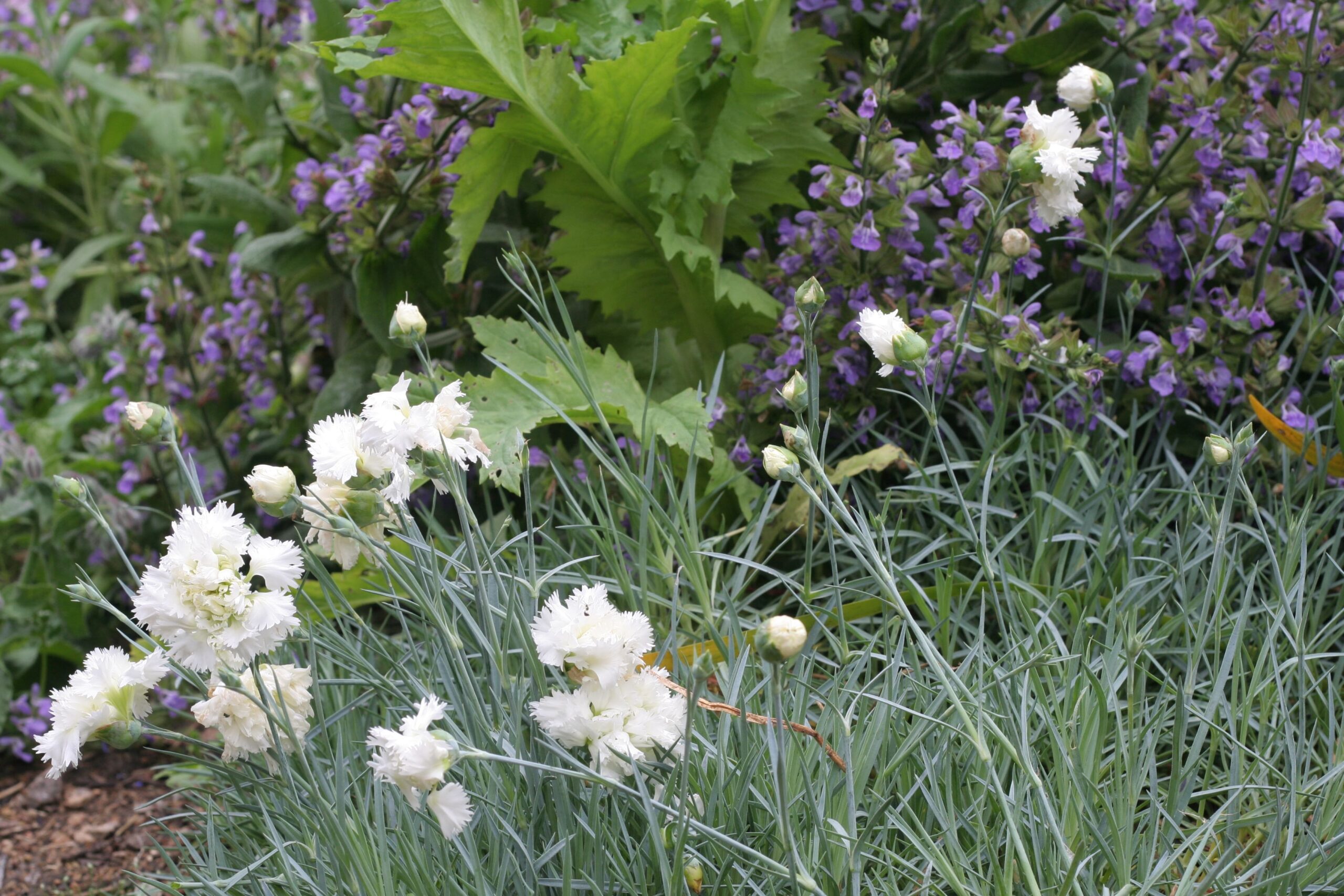Growing in sandy soils
2019-04-21T05:15:34+10:00
A few gardeners are blessed with deep, rich, textured, fertile soil. But what if you aren't? Penny Woodward has some ideas to help.
A few gardeners are blessed with deep, rich, textured, fertile soil. In Australia however, these soils are very much the exception and most of us have to cope with much less than perfection. For more than ten years I gardened on the sandy, alkaline soils and during that time made numerous mistakes in trying to establish a garden.?
The most obvious problem was the need for constant watering and constant feeding of the soil. I was gardening on what used to be a sand dune, now stabilised by native vegetation. There was a few centimetres of grey stuff that might have passed as soil and then about 10 metres of pure sand before we hit limestone (not that I ever dug that deep). The indigenous plants in this region have masses of shallow roots that rapidly absorb moisture before it disappears into the aquifers under the limestone. Small amounts of soluble nutrients added to the soil are taken up by the plants, but the rest are carried with the water well out of reach of the plants. Sandy soils just can’t hold water or nutrients.
There are several tactics for dealing with this problem. The first is to choose your plants carefully. If you don’t like or want to spend time gardening, or you want to maximise the chances of attracting native birds and animals into your garden, then the most obvious choice is to grow indigenous plants. These are the plants that used to grow wild in your area. There are now many good indigenous nurseries in most regions where you can buy plants. The best indigenous nurseries grow their stock from seed or cuttings collected (with a permit) from local vegetation in reserves and parks. This gives you a head start because the plants will be adapted to your soil and climate and will need very little attention.
Alternatively there are a range of non-indigenous plants that will do well in sandy soils, or you may just want to add these to your indigenous plants. Succulents delight in free draining sandy soils with a minimum of nutrients. It’s possible to get these plants in a variety of shapes and colours. All you need to do is to plant them and watch them grow. Most grey-leafed plants also like sandy soils so lavenders, santolina, sedums, sage, dianthus, agave, curry bush, wormwood and the grey-leafed chrysanthemums will all do well.
In really difficult conditions, if you want to grow vegies, it might be better to establish them in raised beds or wicking beds, and use imported soils, or make your own with compost and manures.
But if you want to keep working with your own soil, then before adding nutrients work out if your sandy soils are alkaline or acid. If your soil is alkaline, then don’t add mushroom compost or chicken manure as these increase the alkalinity of soil. Cow and horse manure are the best organic additions for these soils. If acid, then mushroom compost and chicken manure are ideal.
If you are only developing a small area of garden then it might be worth the trouble of adding some clay based topsoil to your sandy soil, the clay helps to hold the moisture and nutrients in upper levels of the soil. The clay topsoil is dug into the sandy soil until it is well mixed. This is also the cure for water repellent soils. Some sandy soils have so little clay in them that water sits on the surface in droplets. This is actually caused by fungal excretions that coat each grain of sand and can only be fixed by increasing the clay and/or organic content of the soil.
The best long term solution to nutrient poor, sandy soils is to add lots of organic matter. All organic matter contains nutrients that are slowly released into the soil as the organic matter breaks down. This matter acts to slow down water movement through the soil, allowing the plants more time to absorb moisture. Organic matter can be compost, leaves, straw, seaweed, grass cuttings and much more. Dig it into the top few centimetres or leave it to sit on the surface where the micro-organisms, bacteria and worms will set to work.
The other essential element of gardening on sandy soil is to mulch well and often. My favourite mulch is lucerne hay or pea straw. Both of these will add nutrients as well as minimising evaporative water loss. Bark, leaves, stones, seaweed and seagrass (make sure you don’t collect either of these from national parks, and in some regions you need permits), mulched leaves and branches are all possible mulch candidates. Any natural mulch is better than none. Lay it about 5 cm thick but be sure to leave a space between the mulch and any tree trunks. If mulch builds up around a tree trunk it can cause collar rot which will eventually kill the tree.
You can also use green manures. Friends who established a wonderful permaculture farm on sandy soil, kept planting green manures, chopping and dropping them, then replanting more green manures. Until the soils were finally full of organic matter. Good green manure crops for autumn are broad bean, chicory, clovers, lucerne, lupin, oats, plantain, rye and vetch.?
By the time we left our sandy plot I had developed a diverse and interesting garden, but I was still working hard adding nutrients. I’d created a large raised vegie bed which produced a good range of vegies. We moved to nutrient poor, heavy clay soils with a whole new parcel of problems. But that is another story for another time.






